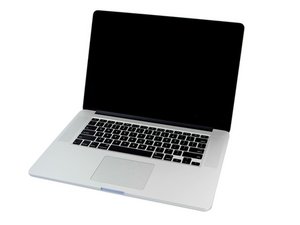I’ve had the same problem. I’m no expert but I saw a description of a likely solution to this problem and decided to try it myself rather than pay the exorbitant fees that repair shops proposed. An authorised Apple service centre even told me I had to change the lid/screen !!!
Preparation: I bought a pc tool kit on Amazon [£13]. I also got a small tube e.g. small straw or the inkiness portion of the ink tube in a biro. I sprayed a little WD40 into a egg cup [so it was 1-2mm deep].
I shut down the MacBook and removed the power cable. I then placed the MacBook top down on a towel and removed the screws holding the base in place. I then carefully prised the base from the rest of the MacBook, thereby exposing the lid hinges. I dipped one end of the tube into the WD40 and placed my finger over the other end of the tube so as to hold a drop or two of the WD40 in the tube as I lifted it away from the pool of WD40. I then very carefully placed the one or two drops of WD40 onto the lid hinges being careful not to apply too much WD40 [you only want enough to soak into the hinges and definitely not so much as to have WD40 anywhere else inside the MacBook]. I then replaced the base onto the MacBook and fitted its holding screws.
I then placed the MacBook on my lap as normal and carefully opened and closed the lid/screen to help the WD40 work its way throughout the internals of the hinges. Within seconds the lid/screen was opening and closing as normal.
Note that I am not a Apple/PC expert and I cannot guarantee that this solution is perfect in every way but it worked and I believe it’s a reasonable solution provided you take great care to ensure that only sufficient WD40 is applied to ‘wet’ the internal of the hinges. It’s important to avoid excess WD40 inside the MacBook casing.
crwdns2934105:0crwdne2934105:0
crwdns2934113:0crwdne2934113:0
crwdns2915270:0crwdne2915270:0
crwdns2889612:0crwdne2889612:0
1

 1
1